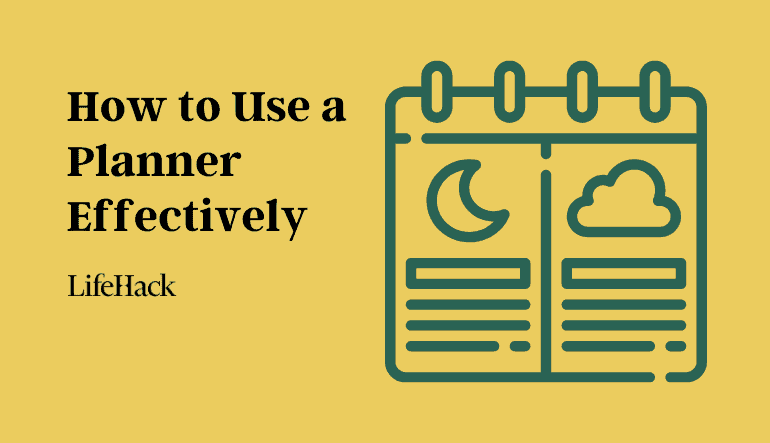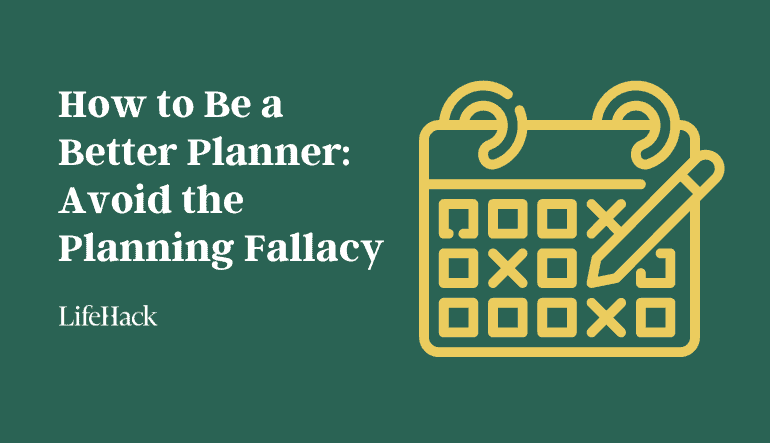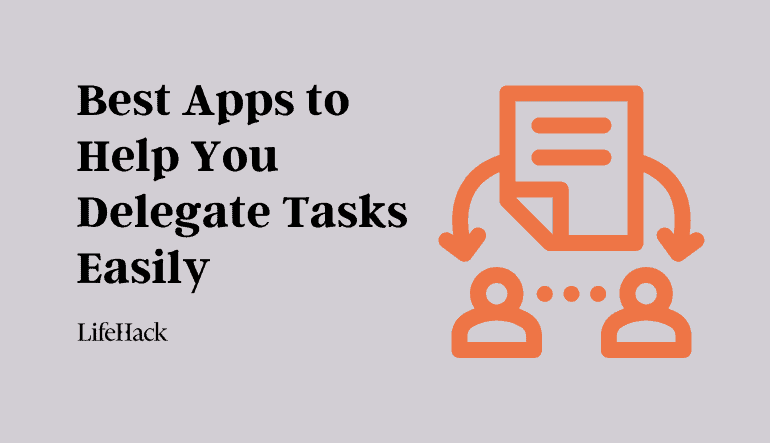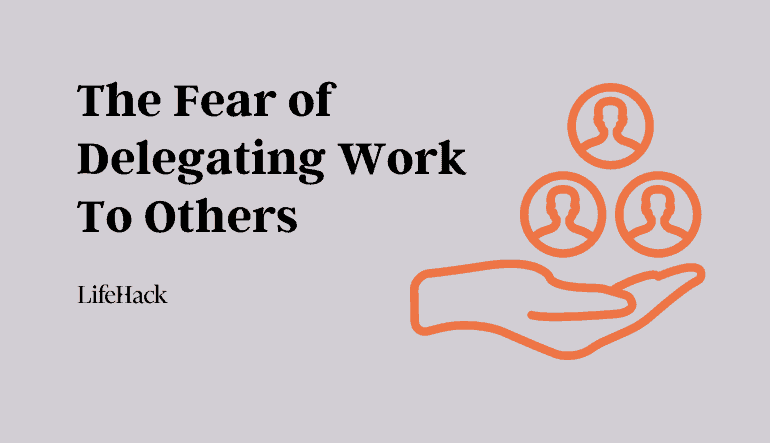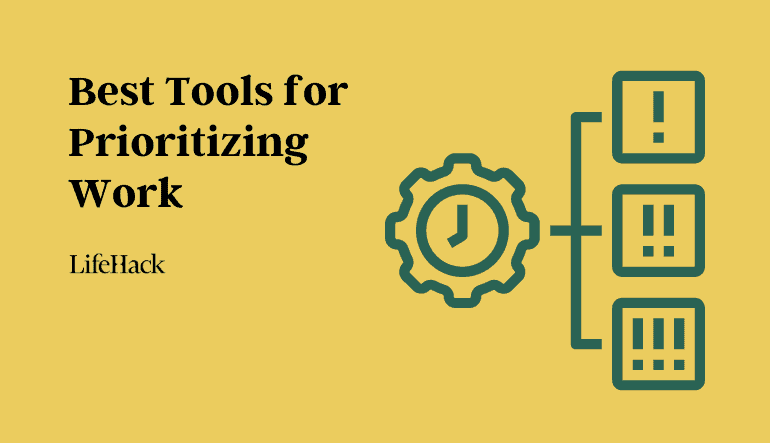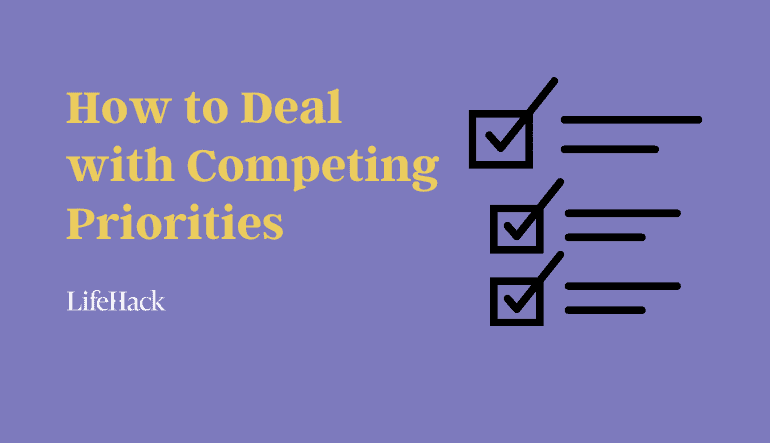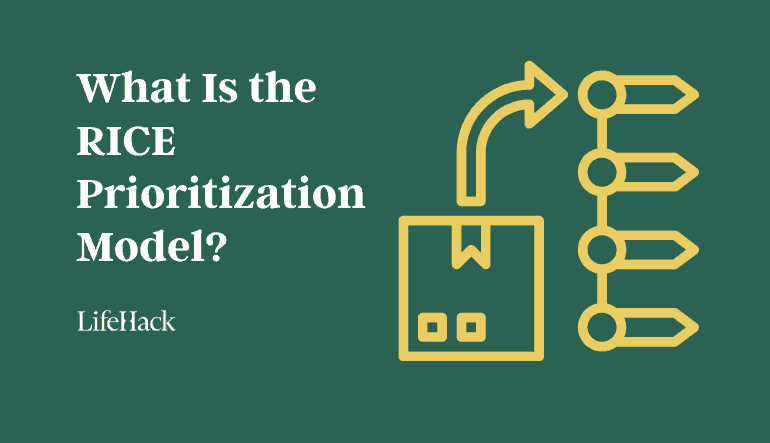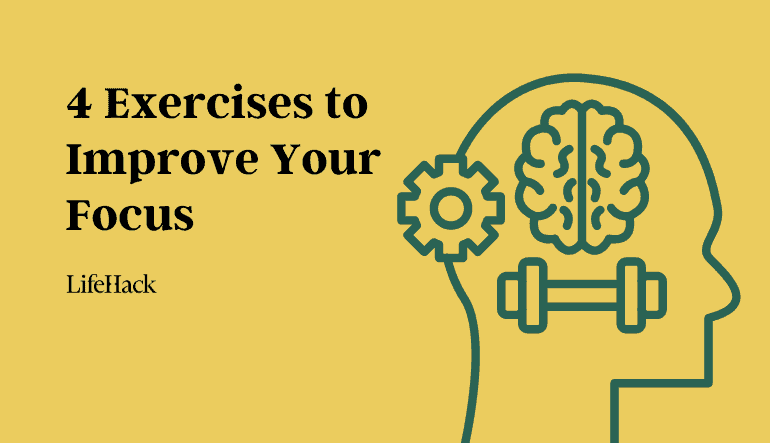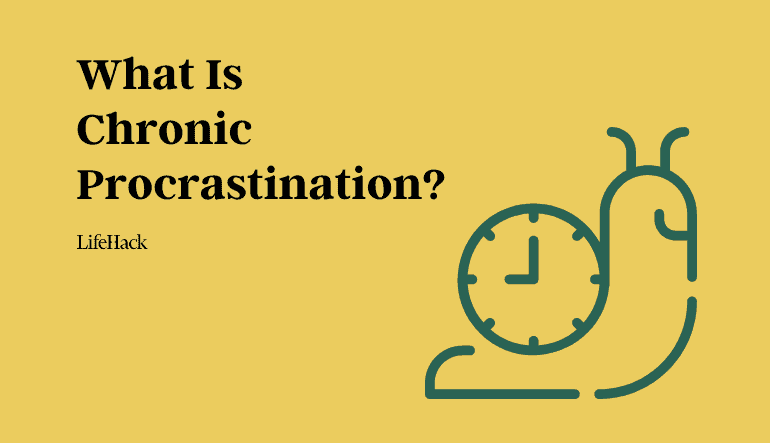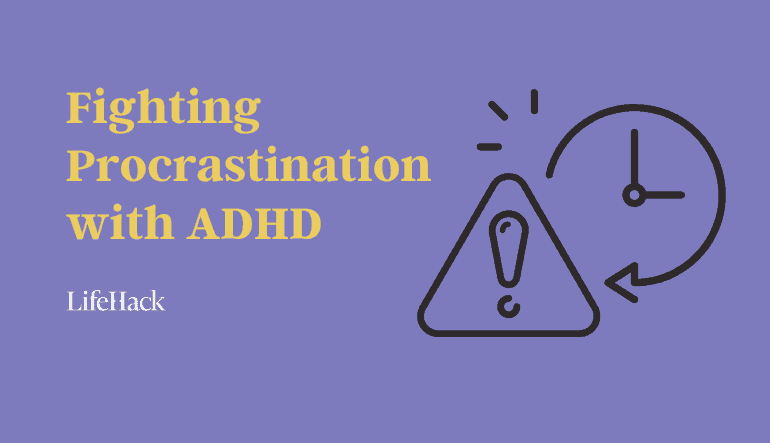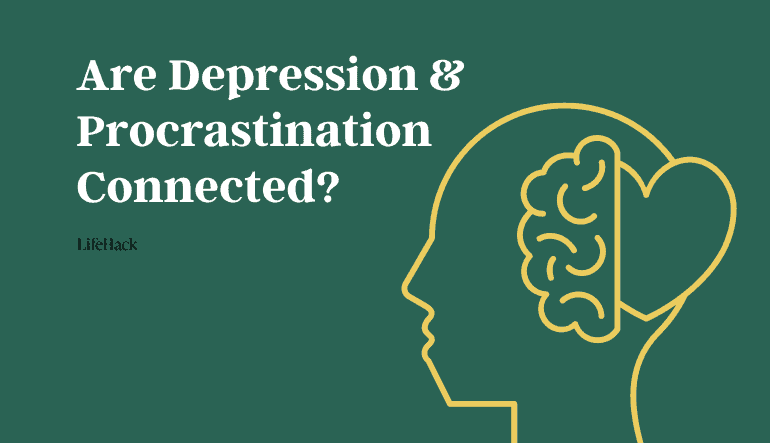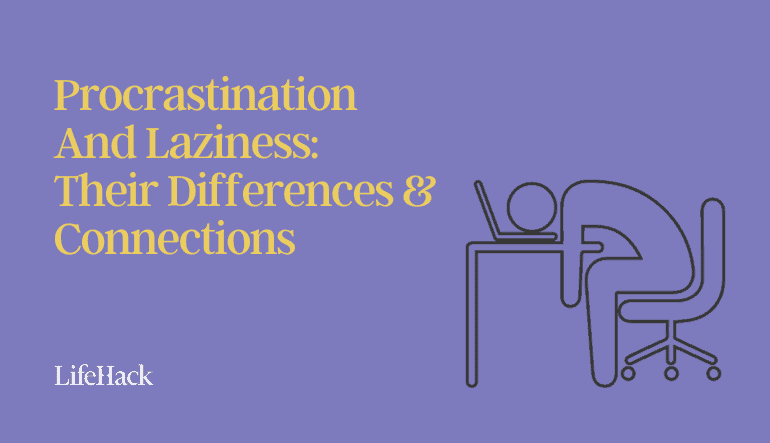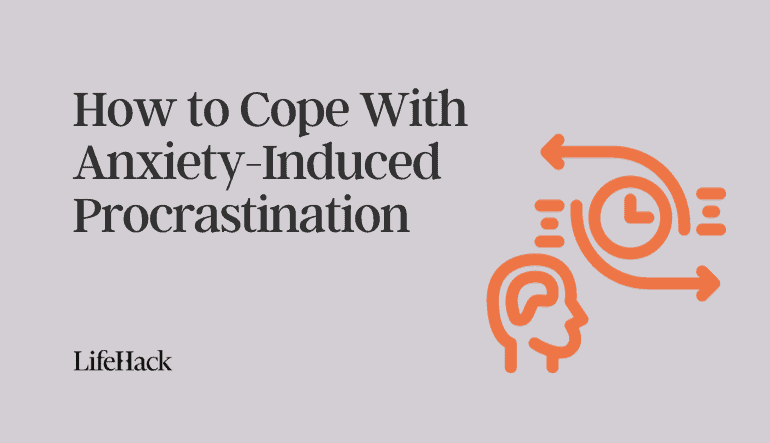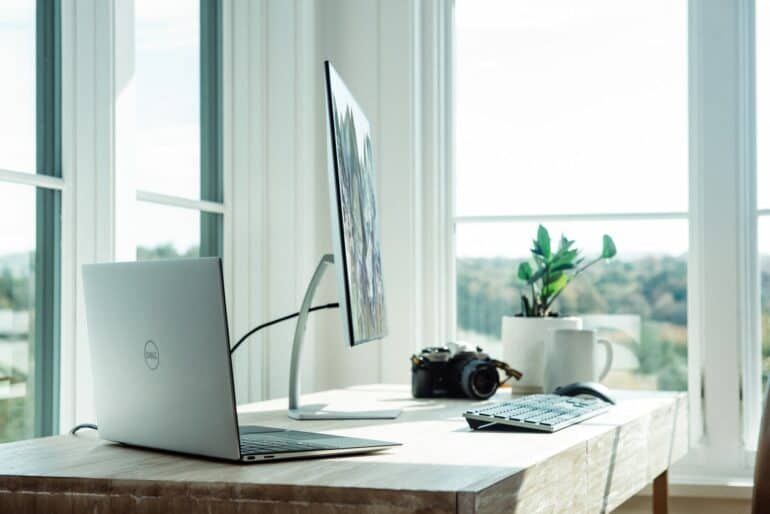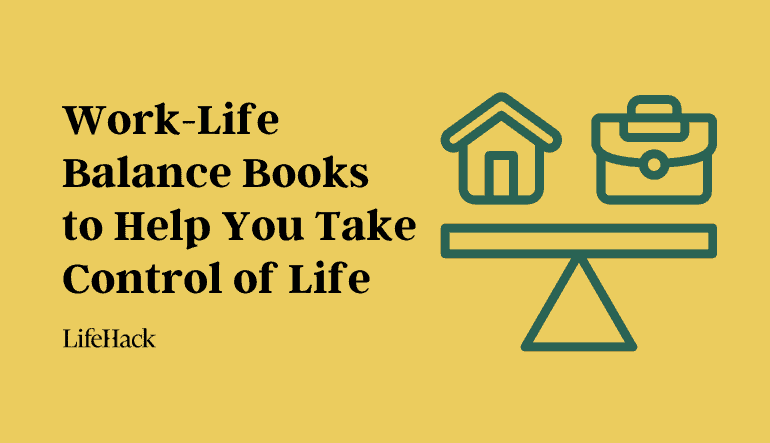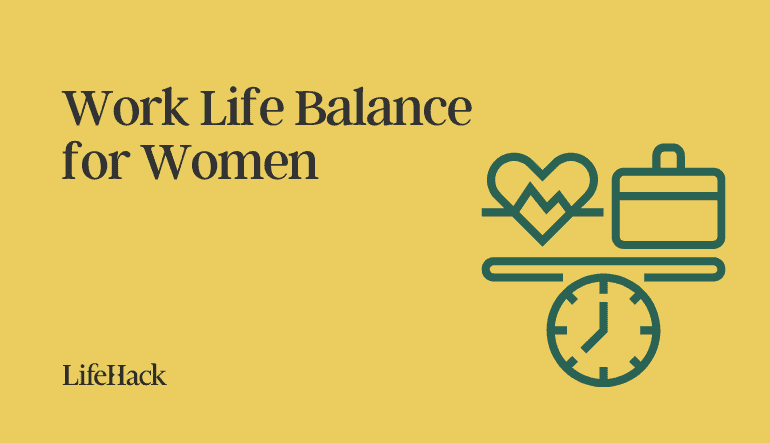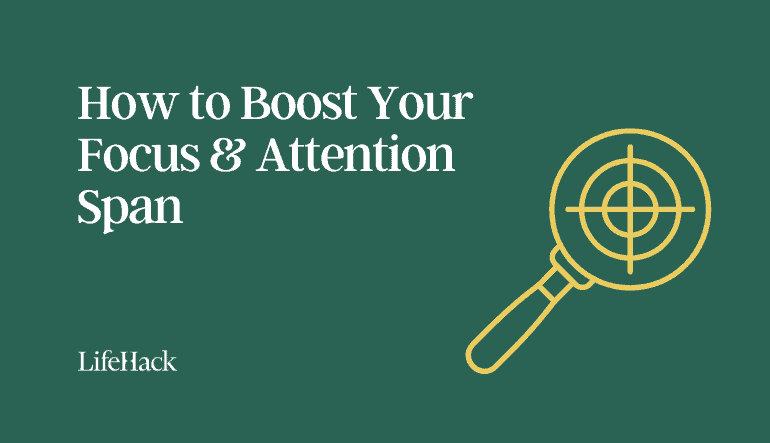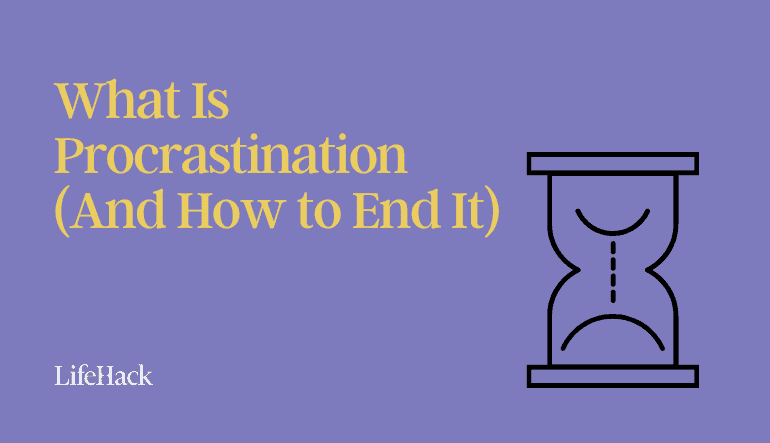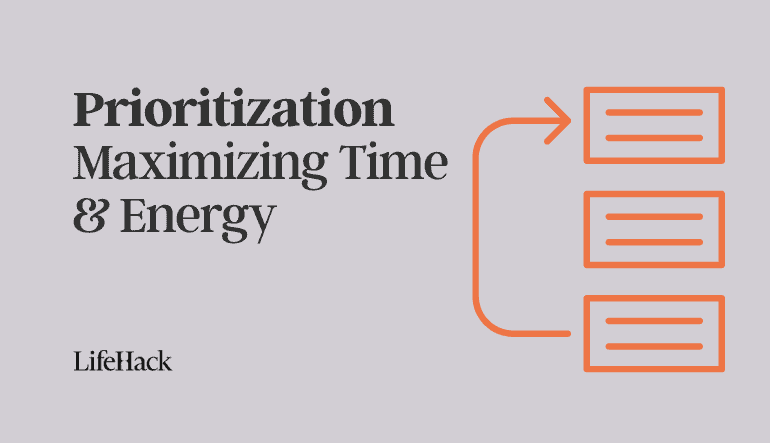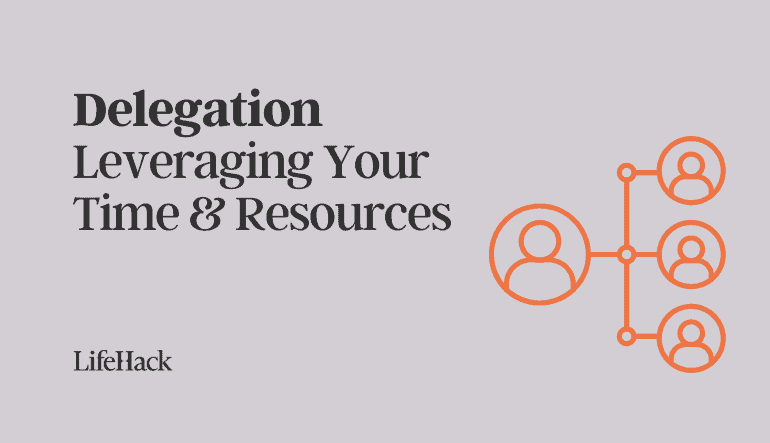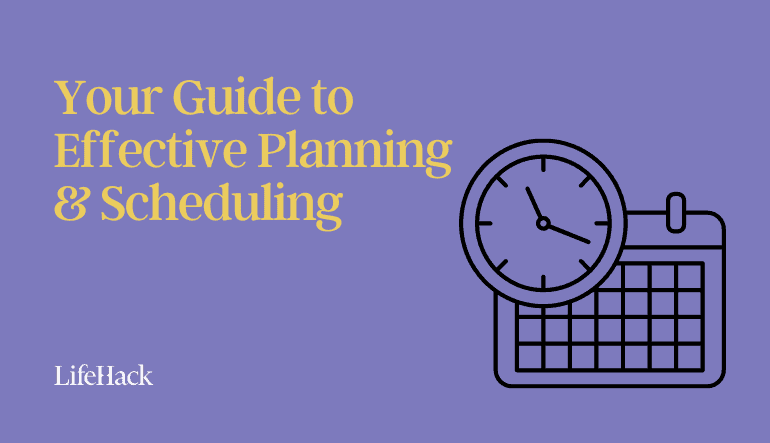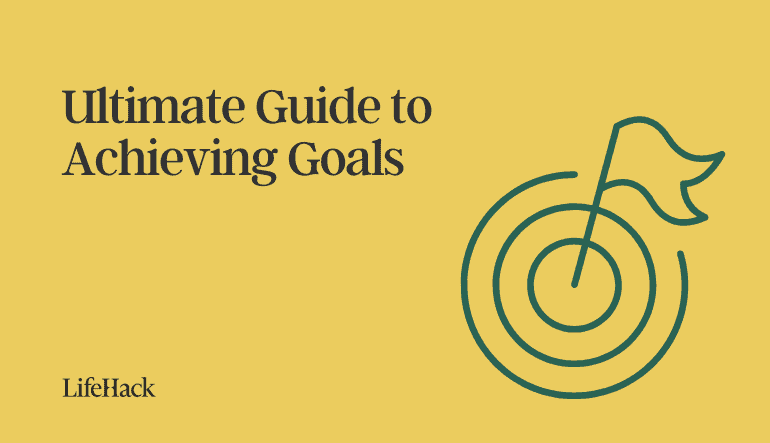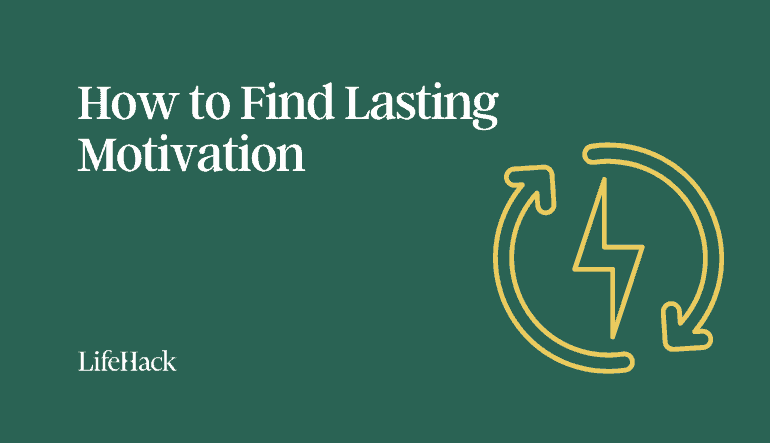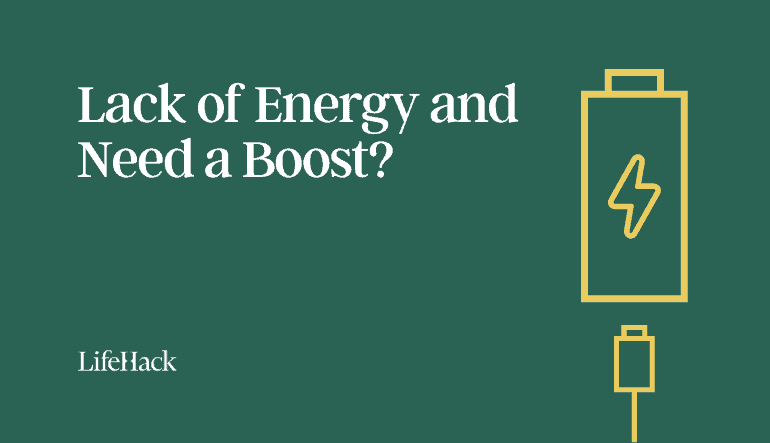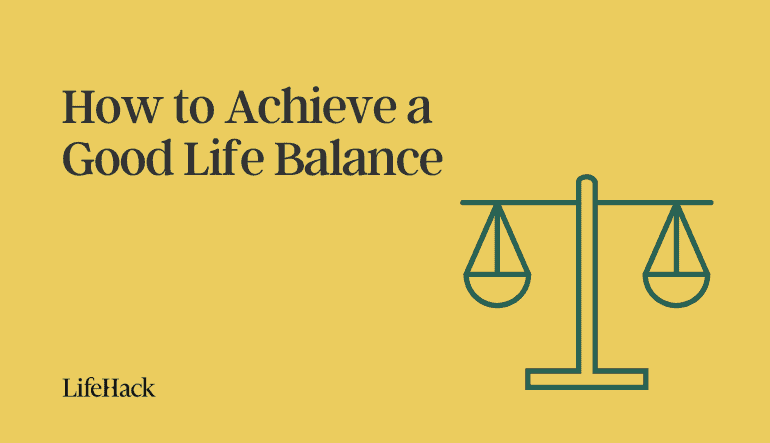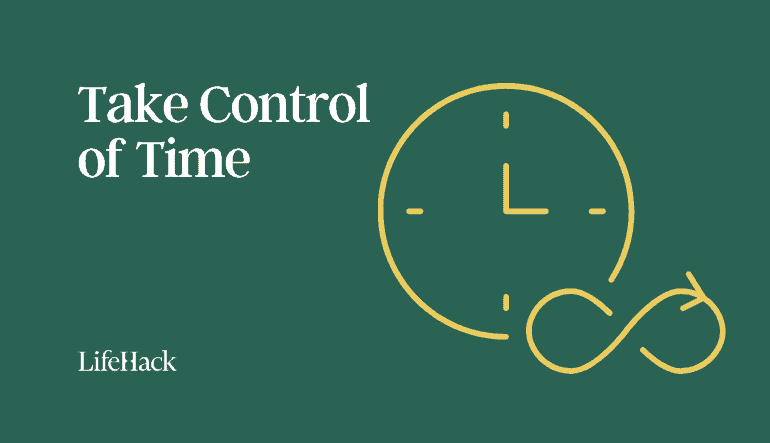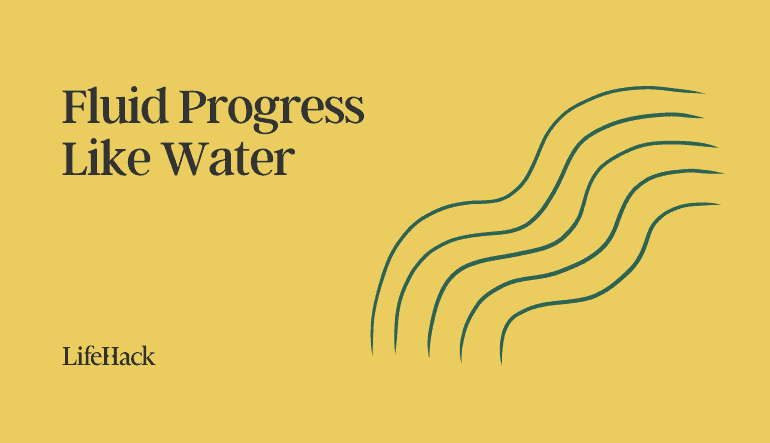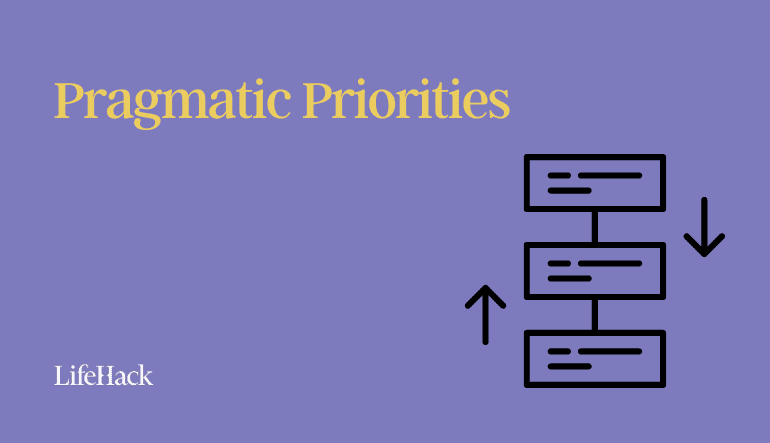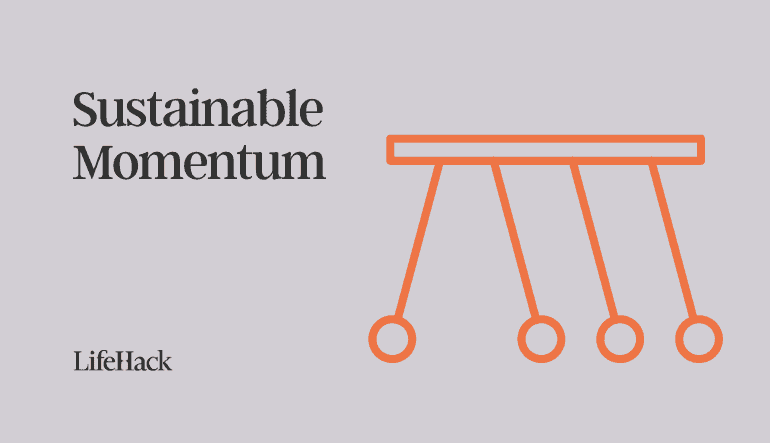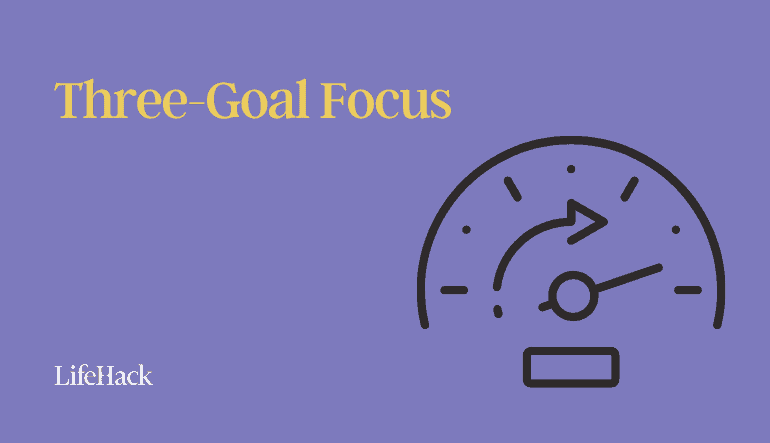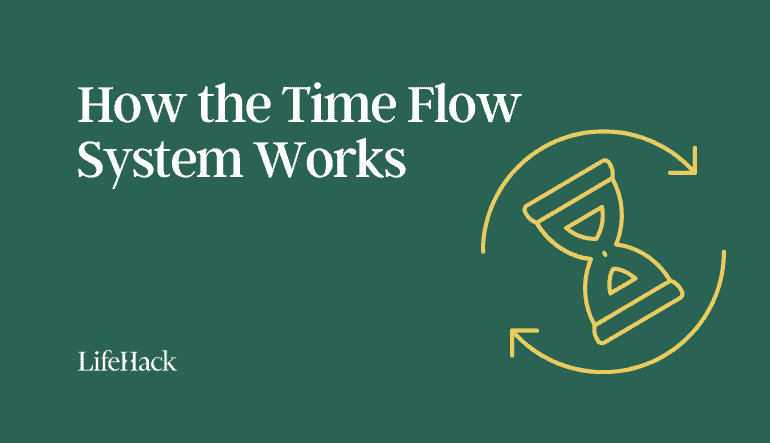Bodyweight exercises are gaining ground in the fitness world due to the practicality and simplicity of getting in shape using your own body weight. If you’re hoping to start exercising and add this effective exercise into your routine, look no further. This article will explain the benefits and simple exercises to get you started. [1]
Planks are one of the most effective exercises you can do because they require a small time investment but offer the chance to achieve substantial results. This exercise takes less time and also gives you the possibility to get great results among shaping and toning other parts of your body.
Table of Contents
Benefits of Adding Planking To Your Exercise Routine
A plank workout is one of the best exercises for strengthening your core. You’ll note that when you maintain the plank posture, your biceps, neck, and shoulder muscles are also put to the test and stretched. This is excellent news if you like to do press-ups because it encourages their growth and development.
Planking requires you to support yourself with your arms and biceps, and maintaining the plank posture helps to build and tone your arm muscles. Because of this, planks are an excellent alternative workout for building biceps and thigh muscles.
If successfully done, this exercise will also help strengthen the muscles in your buttocks as they move down your midsection. This is another excellent benefit of plank exercises because other exercises frequently neglect these muscles.
As with other exercises, remember to not overdo it and listen to your body. It’s suggested that plank postures be held for a maximum of ten minutes each day.
8 Things That Happen When You Do Planks Every Day
1. Improved Core Definition
Planks are an ideal exercise for the abdominal muscles because they engage all major core muscle groups, including the transverse abdominis, the rectus abdominus, the external obliques, and the glutes [2].
As each muscle group has a specific function, the significance of strengthening each one cannot be overstated. If you assume the plank position correctly, you’ll more than likely see the following:
- The increased ability to lift heavier weights.
- An improved sports performance, particularly with jumping. The rectus abdominis is the muscle group responsible for giving you the renowned six-pack look.
- Improved capacity for stable side-bending and waist-twisting
- A supported back and strong buttocks.An image of different core muscle groups here.
2. Decreased Risk of Back Injury
You may increase your muscle mass while making sure your hips and spine aren’t being overworked by performing a plank every day. One advantage of plank exercises is that they can help you build stronger back muscles, providing your entire back with more support and stability, especially in the regions near your upper back.
Back pain affects 31 million Americans at any given time, according to the American Chiropractic Association. [3]. Low back pain sufferers have common traits, including tightness in the thoracic spine and hips, weak glutes, and the tendency to use the low back to create movement.
Remember, planks are about tightness, creating a stable corset around the spine. Training this corset by planking not only helps to strengthen the muscles but also teaches your body what it feels like to be in a tight, braced position.
3. Metabolism Boost
Planks are a great technique to work out your complete body because they burn more calories each session than other classic abdominal workouts like crunches and sit-ups.
Because they are some of the largest muscles in the body, the core muscles you strengthen by performing this exercise regularly will ensure that you burn more calories even while you are idle.
If you spend the majority of your day in front of a computer, this is extremely crucial. Making it a habit to exercise at home every day before or after work can ensure that your metabolism is high all day long, in addition to improving your metabolic rate.
4. Improved Posture
Many people have what is referred to as desk jockey posture from sitting all day in front of a steering wheel, computer, or TV. This posture leads to a rounded upper back, forward shoulders, and posterior pelvic tilt.
Basically, the length-tension relationships of the muscles have changed from being hunched over all day. Some muscles become overstretched, some shorten, others overactive, and others under-active. Instead of using the muscles to provide stability for a neutral spine, we slide into positions that allow us to use the bones for stability.
Planking can have a significant influence and can help your posture. A good posture comes with a plethora of wonderful advantages. It keeps your bones and joints in the proper position, which means they will be better maintained. It also means your muscles will be more effective as a whole.
You will experience less back discomfort if you have proper posture, guaranteeing that your back or spine is in the right position. In addition to everything else, someone with good posture appears overall healthier and more self-assured.
Here’s an article on exercise tips to help with bad neck posture.
5. Improved Balance
Have you ever experienced difficulty maintaining a straight posture for more than a few seconds when attempting to stand on one leg? Your abdominal muscles aren’t strong enough to provide you the balance you require, not because you’re merely clumsy.
Many people believe that the legs are the primary source of balance, but your core makes the majority of the effort in maintaining your stability and upright posture. You may enhance your balance and performance in many types of fitness activities by practicing side planks and planks with extensions.
6. More Flexibility
Regular plank practice increases flexibility by extending your hamstrings, your feet’s arches, and your toes, as well as your posterior muscular groups, including your shoulders, shoulder blades, and collarbone.
Along with the other exercises, side planks allow you to develop your oblique muscles. You will also profit from this when it comes to hyperextending your toes, which is essential for bearing the weight of your body.
7. Improved Mood
Exercises in the plank position have a special impact on our nerves, making them a fantastic way to elevate mood. They do this to loosen up the muscle groups responsible for the body’s stress and tension.
Imagine spending the entire day seated in your chair, whether at home or work. Your legs become heavy from being bent for several hours, your thigh muscles tense up, and your shoulders tense up from having to slouch forward all day.
All of these situations inflict strain on the muscles and nerves. The good news is that planks can relieve anxiety and depression symptoms in addition to calming your brain—but only if you incorporate them into your routine.
8. You will Look Thinner
Many women (and some guys) have too much of an arch in the lower back and, as a result, use the vertebrae of the lower back to create stability.
In other words, they “hang off the lower back.” Doing this can lead to excessive lumbar mobility and anterior pelvic tilt. This can give the lower stomach the appearance of being pushed out or the dreaded lower belly “pooch.”
Planking can help to correct this posture also, specifically by strengthening the glutes, rectus abdominous, and obliques. Remember, planks are a movement that reinforces a neutral hip and spine position, so almost any deviation from a neutral posture can be helped with planks.
How to Hold a Plank Position
So, how to do a plank? The advantages of plank exercise can transform your life. But first, you must understand the proper technique. It takes practice to perform planks correctly, and until your muscles get a little stronger, it will be very challenging.
An image of a proper plank position would be suitable here.
Front Plank Checklist
- Get into a push-up position on the floor.
- Bend your elbows 90 degrees, and rest your weight on your forearms for a forearm plank position.
- Keep your torso straight and rigid, and form a straight line from head to toe with no sagging or bending.
- Your head is relaxed, and you should be looking at the floor.
- Hold the position for as long as you can.
- Remember to breathe by inhaling slowly and steadily.
- When your form begins to suffer, pull the plug. You’re only benefitting from planks when your form is good.
Here’s a great video to demonstrate how to do a proper plank:
Side Plank Checklist:
- Elbow directly under the shoulder.
- Top leg towards the front of the body.
- Ribcage in neutral. Usually, this means pulling down slightly and rotating up slightly.
- Hips in neutral, glutes squeezed hard.
Pull the plug when your form starts to suffer. Only when your form is sound will planks be beneficial to you.
Moving Planks, the Planks You Never Thought of:
Too often, planks are thought of as a stationary exercise, but that’s not always true.
Exercises like:
- Mountain Climber
- Knee to Elbow
- Tuck & Kick
- Shoulder Tap
- Jack
The key here, however, is that the exercises must be performed correctly. The core cannot buckle. It must stay braced, with no movement whatsoever through the spine.
How to Plank Every Day
You may be asking how many planks you should do each day and for how long to get the best results.
Start with just one plank if you can manage it each day. Ideally, you should be able to hold it for at least 60 seconds, but if not, start with less and work your way up.
When it comes to how many planks a day you should do, Doug Sklar, a certified personal trainer, recommends striving to do three sets of up to 60 seconds, so this can be the goal you aim for when you begin your plank adventure[4]. The most important thing in doing planks every day is consistency.
A Word of Caution
You need to be cautious doing planks if any of these risks apply to you:
- Prolapse
- After prolapse surgery
- Pelvic pain conditions
- Weak or poorly functioning pelvic floor muscles
- Recent childbirth
- Obesity
Choose an alternative pelvic floor abdominal exercise or consult your doctor before performing a plank daily.
Also, in case of chronic lower back pain, consult a specialist first.
The Importance of Core Strength
There are a ton of websites and blogs that explain how to strengthen your core. These websites frequently omit to describe what your core muscles are and why it’s crucial to develop them, though.
Given how simple it is to understand core muscles, this is pretty surprising. Most movements use your core muscles, a group of muscles in your middle.
Your core muscles, which are not located in your arms or legs, can assist in transferring force from one limb to another or can be used in conjunction with your arms or legs to boost efficiency. As a result, having a strong core can significantly enhance your capacity for movement and exercise.
They work wonders for supporting your abdominal muscles and other muscles in your stomach. Abdominal muscles are crucial in injury prevention because they support your back and spinal column. However, you must invest much time in strengthening your core muscles to be as efficient as possible.
Planking is an incredibly beneficial exercise to practice because, in short, your muscles will get significantly better overall.
The Bottom Line
Planks cost nothing, you need no special equipment, and they can be done anywhere. They’re super easy to incorporate into a workout or daily routine.
You don’t even need to program them into a special place in your routine often. If you’re lifting weights, interval training, or even running laps, you can add planks to your workouts by simply using them as active rest in between sets, intervals, or laps.
They’re so simple you can do planks on your living room floor during commercials or work breaks. Just remember to build slowly and don’t focus as much on the length of time you can hold a plank as much as how much muscular tension you can create while in the plank position.
Don’t wait. The countdown is on. Start now, and you’ll be surprised at the effect planks can have on your physique, posture, and athleticism by the time summer rolls around.
Reference
| [1] | ^ | Harvard Health Publishing: Straight talk on planking |
| [2] | ^ | MyFitnessPal: Core-Strengthening Exercises That Target Every Ab Muscle |
| [3] | ^ | FHCSD: Chiropractic Care May Be the Solution to Back Pain |
| [4] | ^ | Women’s Health: This Is How Long You Really Need To Hold A Plank To See Results |
